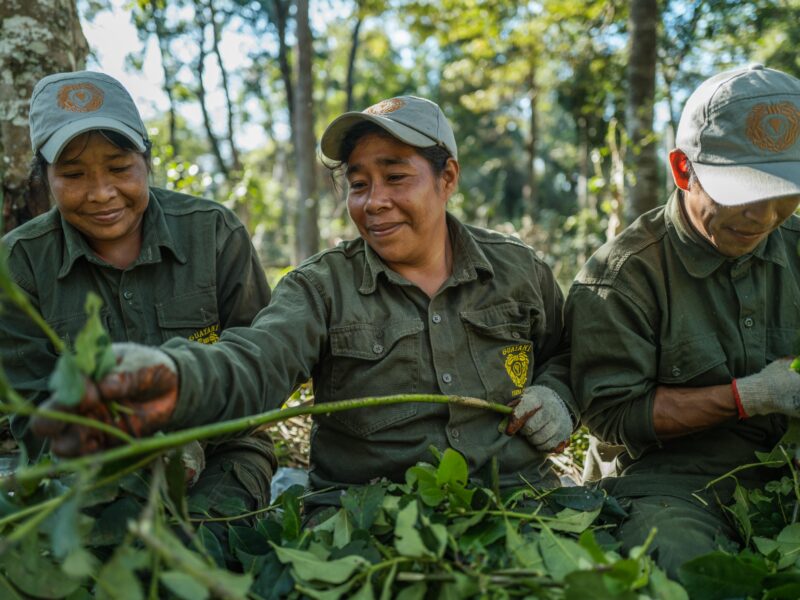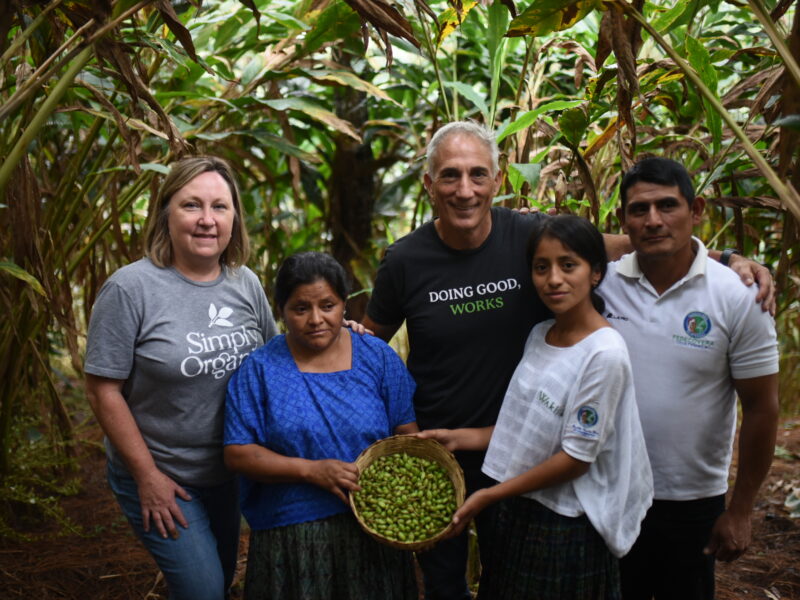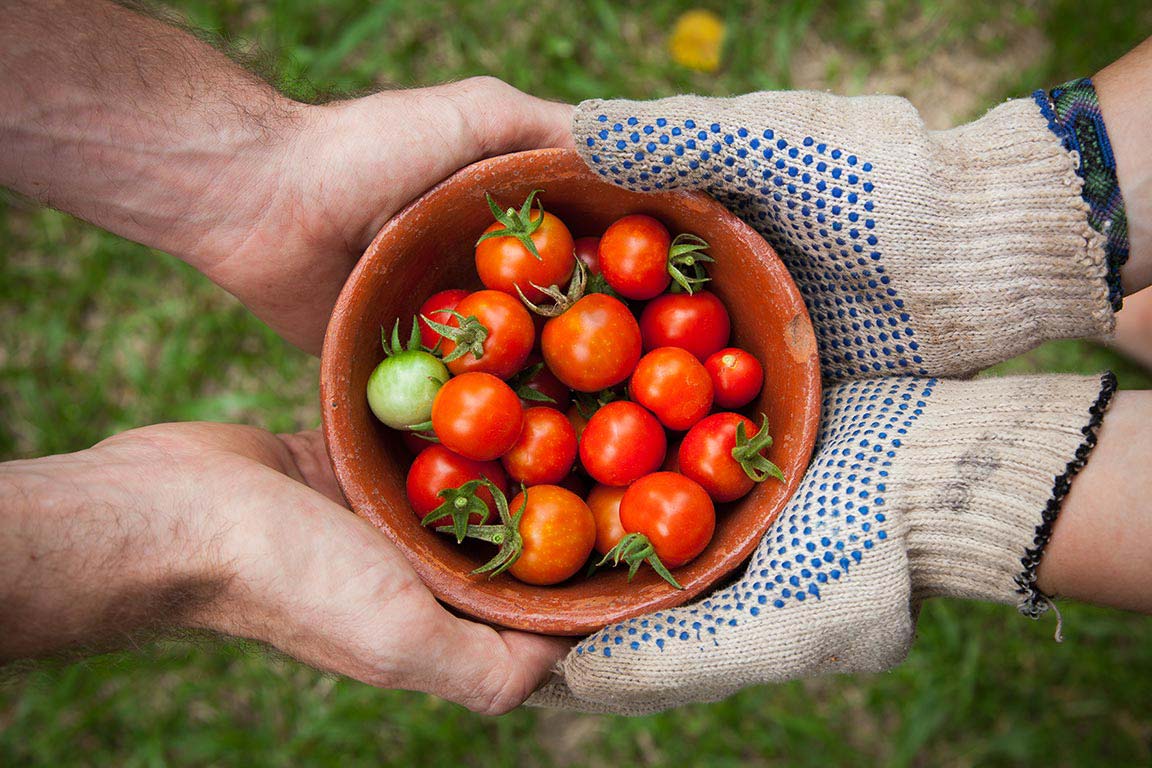Cashing out as the 5th most popular fruit in the US, Americans consumed about 36 billion pounds of strawberries in 2012, almost 30% of the world’s total production. Chances are that if you did not pick your own or buy them at a farmer’s market, they came from California, where 80% of US strawberries are grown.
Strawberries are rich in fiber, antioxidants and Vitamin A, but conventional strawberries are also on EWG’s Dirty Dozen List of fruits and veggies that have the most pesticide residue.
As Pamela Ronald writes in a 2011 Scienceblogs.com article, “more pounds of pesticides were applied to 28,000 acres of strawberries than to 780,000 acres of cotton (and cotton is one of the world’s most pesticide intensive crops).”
For the chemically curious, the main pesticide being used with conventional strawberries is methyl bromide, a fumigant put in the soil to kill the bugs and fungi that like to eat or latch on to the fruit.
Methyl bromide is considered a significant ozone depleting substance (ODS) and has been linked to human health problems such as, nervous and respiratory system failure and excessive irritation of the lungs, eyes and skin.
Consumers are constantly weighing their options at the checkout counter and those who decide to buy organic strawberries are helping to reduce the application of pesticides that are harmful to both human health and the environment.
The other good news is that choosing organic strawberries wont break the bank.
The average cost difference between buying organic strawberries and conventional strawberries is pretty modest. A University of California report found that over the past five years, the average price of a pound of organic strawberries was only $1 more than for conventional strawberries.
The price of food is constantly changing based on time of year, the weather, and geographic location. So, it is possible that organic strawberries in California, during the height of strawberry season, could cost less than conventional strawberries elsewhere.
Buying organic is an investment in our future. To get an idea of the impact, in 2000, California had 27,600 acres of conventional strawberries and only 509 acres for organic strawberries. But by 2012, organic acreage grew to 2,681, a more than 4-fold increase. While conventional acreage also went up– to 38,600 acres— that amounted to a 40 percent increase. And as the numbers shift, the economies of scale kick in, making organic the right choice for more people.









